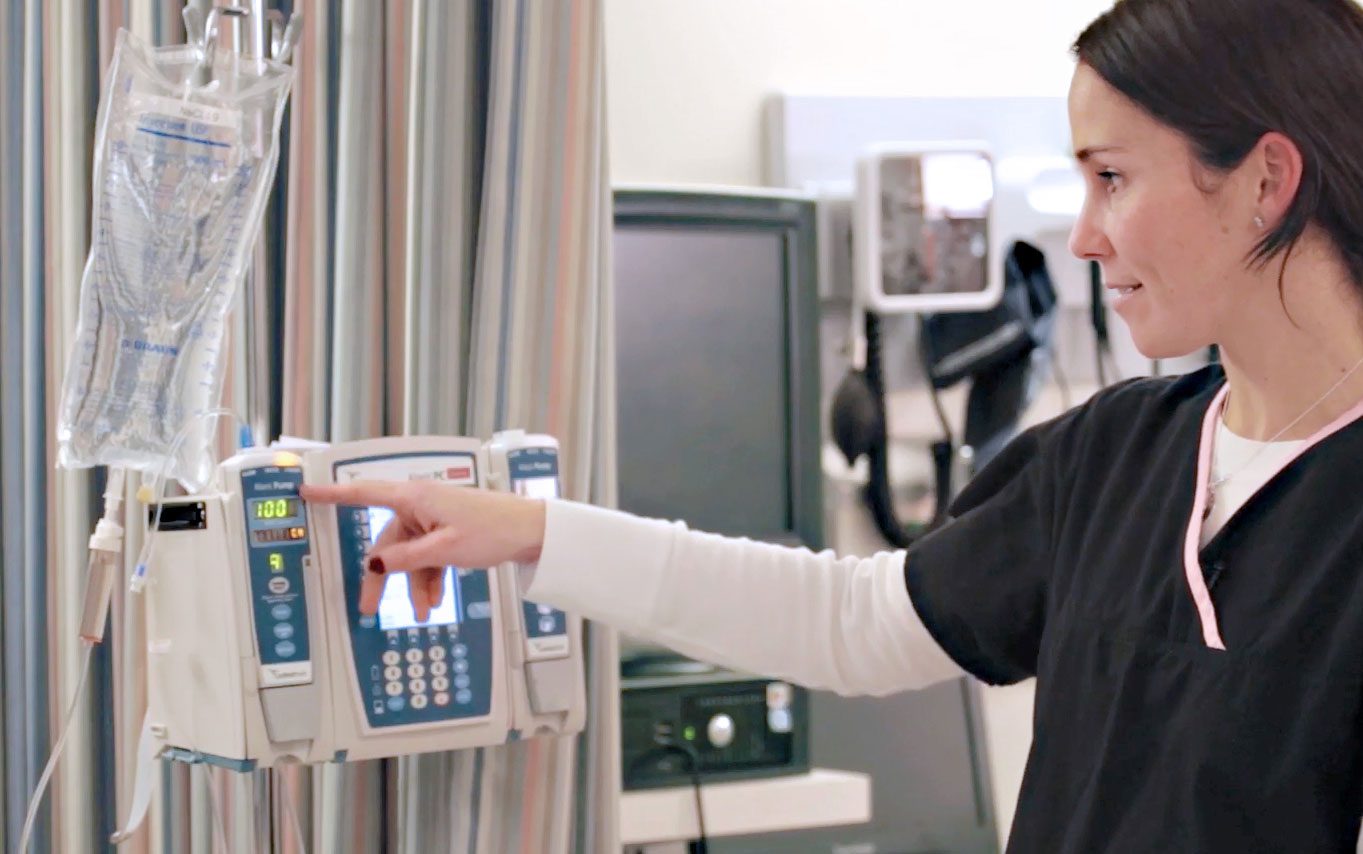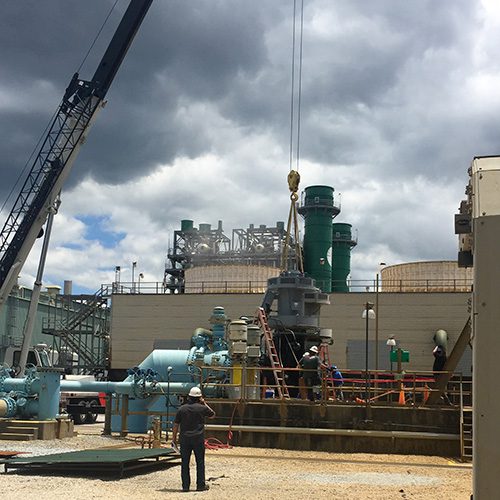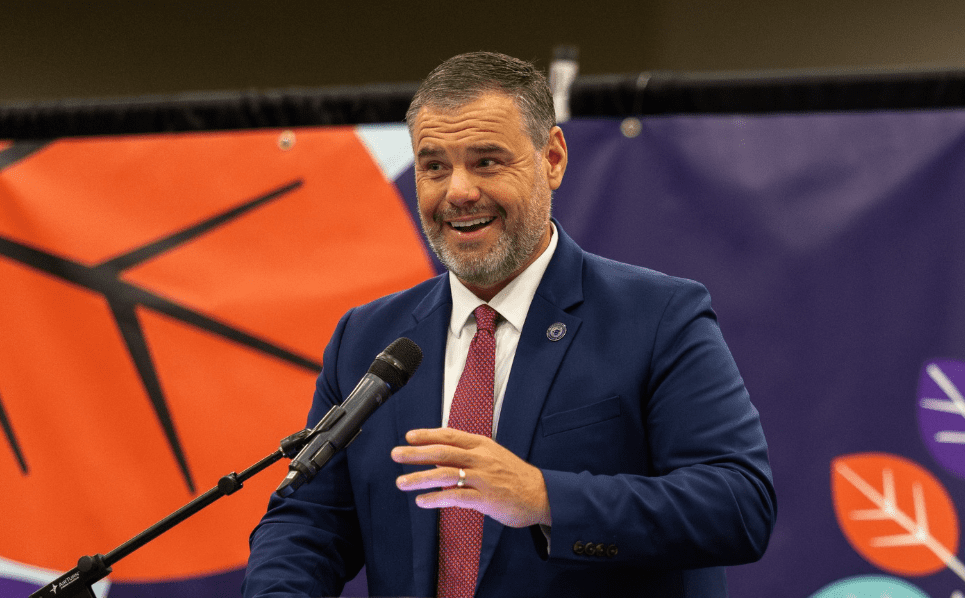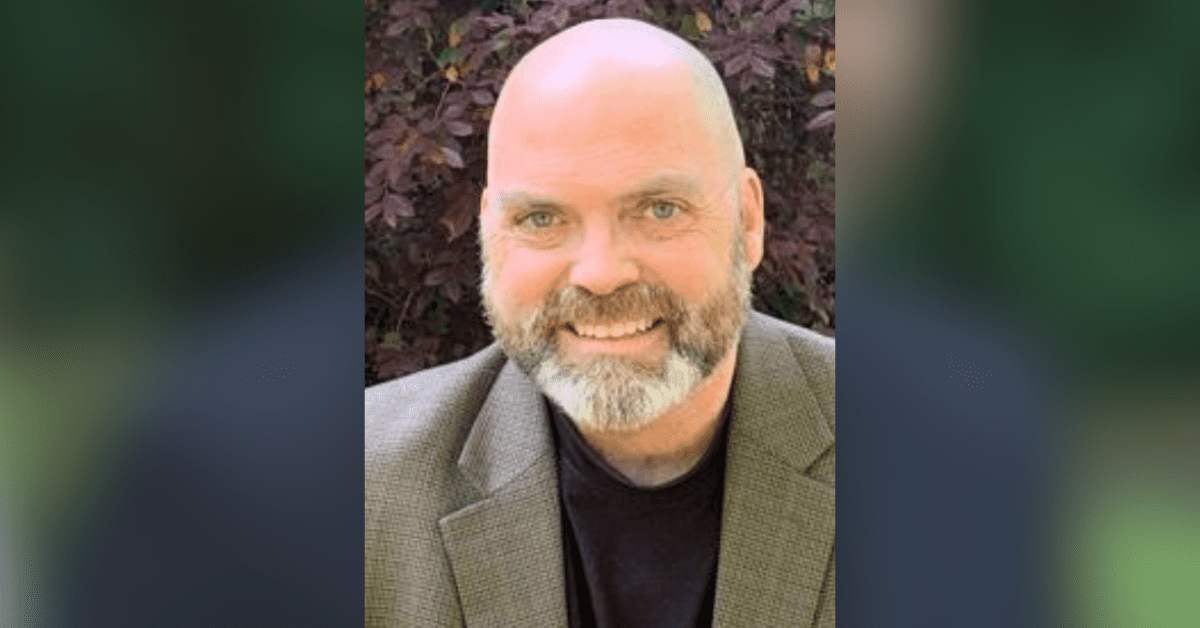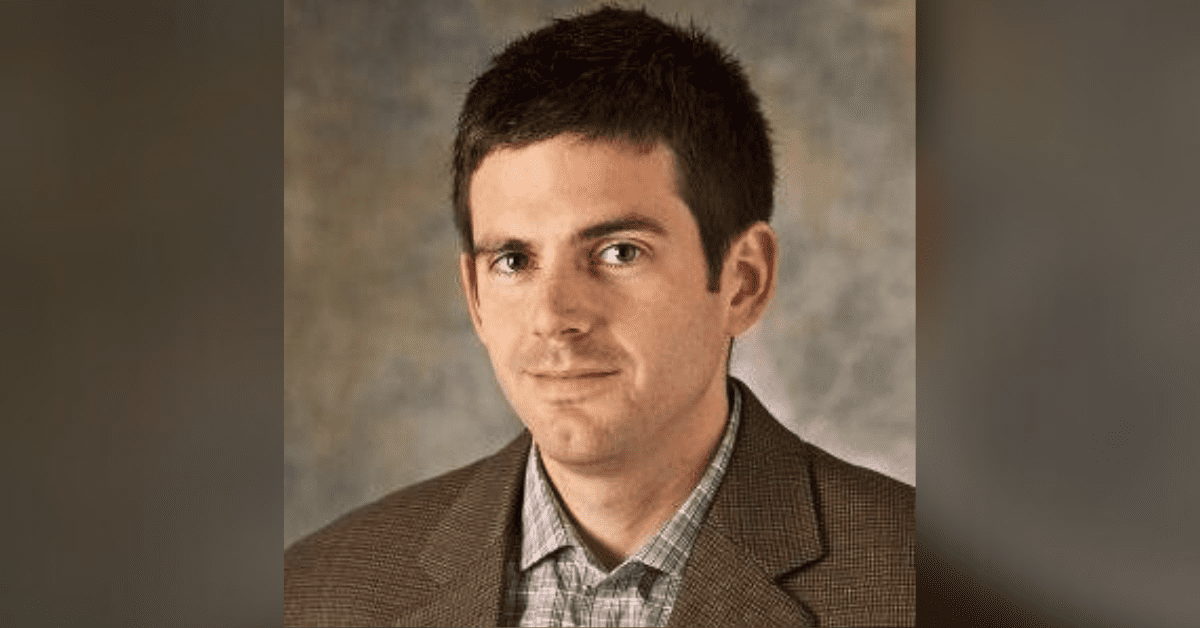
- “We’re the world’s most comprehensive and broadly adopted cloud,” the Amazon Web Services head of energy and water says.
Brandon Oyer holds an exhilarating job.
As head of energy and water for the Americas at Amazon Web Services (AWS), Oyer stays busy collaborating with utility partners and carbon-free energy developers to hit its climate pledge goal of 100 percent renewable energy for Amazon (done!), and its commitment to reach net zero carbon by 2040, all while the Amazon business continues to grow at an amazingly rapid clip.
Oyer took time on a rainy Friday afternoon in Seattle, Wash., to chat exclusively with Magnolia Tribune and provide a 101 of sorts on what to expect with the data centers being built in Madison County.
MT: Would you explain the importance of cloud computing?
BO: When you flip a light switch, you expect the light to come on. You take for granted that it works, right? Cloud computing is similar. It’s the backbone of our digital infrastructure. It’s a way of using technology for computing and storage without having to think about it, and without having to invest a substantial amount of capital for your own servers and data centers. AWS maintains the infrastructure in a secure environment so that everybody can use it when they want and pay for it as they go. We want to make sure everybody’s lives are a little easier.
MT: Why are data centers needed? What goes on inside them?
BO: Cloud computing doesn’t actually live in the cloud. All those services must exist somewhere. So, we build data centers to house the critical infrastructure that’s connected to the internet — the computers, the complex hardware, the switches, the networking devices. There’s a good chance you’re using cloud computing when you are connecting online with friends and family; working remotely; shopping online; checking your bank statement; conducting a telehealth visit; streaming movies, TV shows, music, and video games; and other daily activities. For example, when you place an order on Amazon or send an email, it simply runs from your computer through the internet into a data center to run the computation that happens and then executes your order. As we start to use more cloud computing, we need to build more data centers.
We take pride in our data centers. We strive to drive efficiency into the heart of everything we do.
MT: Would you share the history and mission of AWS?
BO: AWS was developed as part of Amazon and launched as an external service in 2006. We’ve been running for 18 years now and we’re the world’s most comprehensive and broadly adopted cloud. We launched AWS because we had hardware for computing and storage that others could use for their benefit. It was a way to continue the nature of Amazon: to invent and delight customers.
I think that’s what I get most excited about – we’re always innovating and building new things. And we’re serving millions of customers across all different types of industries, from healthcare to manufacturing and financial services.
MT: What differentiates AWS’s data centers from others?
BO: We have more than 240 services, from compute to storage, machine learning (ML) and artificial intelligence (AI), security, and others, and management from 108 Availability Zones within 34 geographic regions. We’re an industry leader, and we continue to build out infrastructure. We take pride in our security and protecting customer data. We put the customer first in everything we do. And we’ll continue running services needed to make customers happy and delighted in our data centers in Mississippi.
MT: What does AI mean to AWS?
BO: AI is intended to create a human-like response, opposed to most computer systems that generate a binary response. Generative AI is a type of AI that can create new content and ideas, including conversations, stories, images, videos, and music, and reuses what it knows to solve new problems.
Amazon has been leveraging AI and ML for 25 years now, for both customer-facing services and internal operations. We’ve used it for robots in our fulfillment centers to optimize how we fulfill orders.
MT: There’s much focus on powering data centers. AWS has signed a landmark agreement with Entergy Mississippi. Can you share details about that and Amazon’s broader approach to powering its data centers?
BO: I’m very passionate about leading the powering of our data centers in North and South America and thinking about how to do it more sustainably. I’m really excited about the first-of-its-kind deal we signed with Entergy Mississippi to power our data centers in the region, and how we also enabled 650 megawatts of renewable energy projects to be built over the next three years.
Those 650 megawatts are going to help power those local operations, and we’re going to consider how to build more capacity. That builds on top of existing renewable energy projects that we already had in the state. These new renewable energy projects with Entergy Mississippi, combined with our existing projects in the state, gives us 1.3 gigawatts’ or 1300 megawatts’ worth of new carbon-free energy right in Mississippi, and in communities near our data centers. To put that in perspective, once these projects are all operational, it will be enough carbon-free energy to power 303,000 homes in the U.S.
We still have all sorts of work to do. We’re super proud of hitting our goal to match all the electricity consumed by our operations with 100 percent renewable energy, which we accomplished seven years early. Now we’re focused on hitting our commitment to reach net zero carbon by 2040. Our carbon-free projects, whether wind or solar, will help us achieve that, and we’ll continue to drive efficiency in everything we do to make sure we’re good stewards of the environment and hitting our publicly committed goals.

